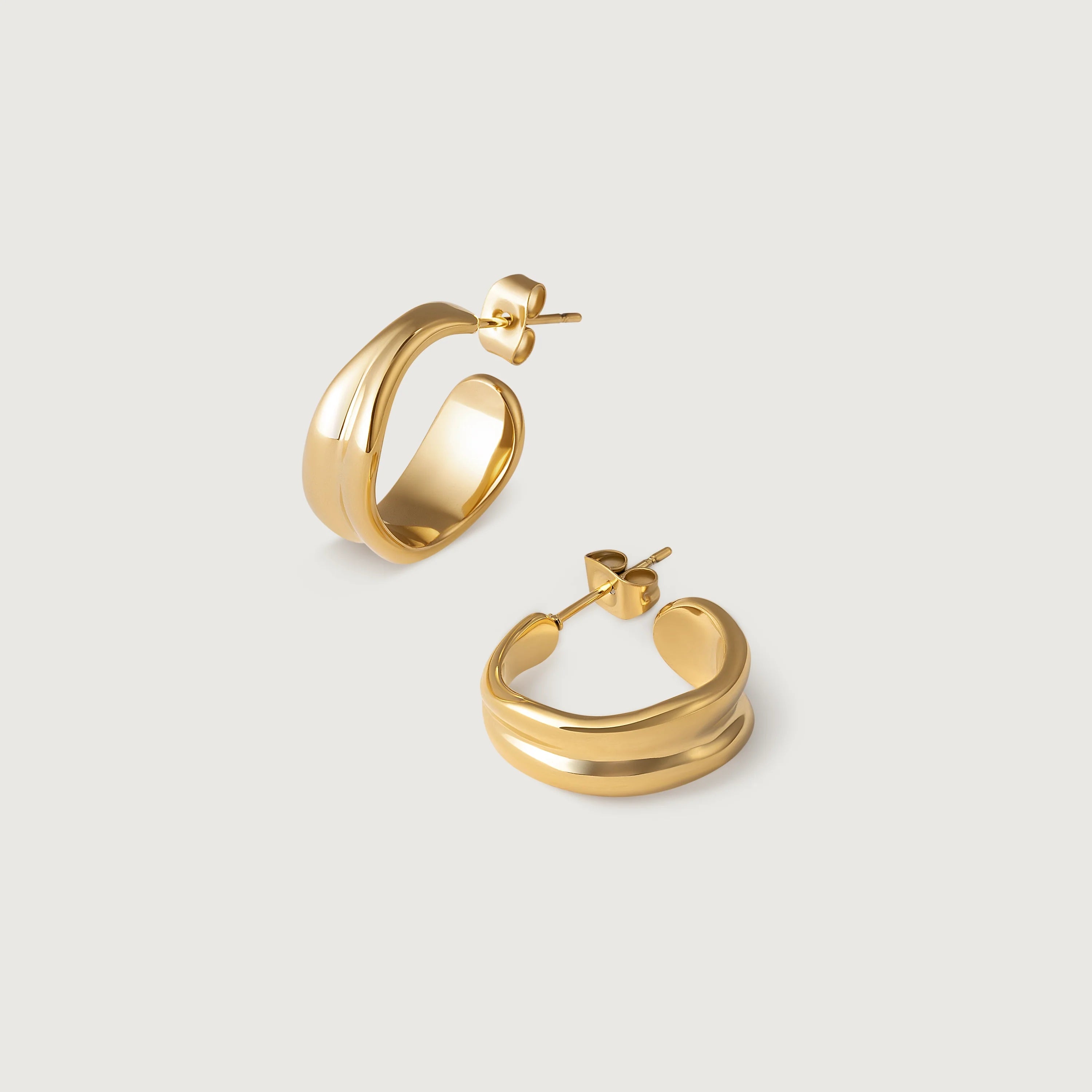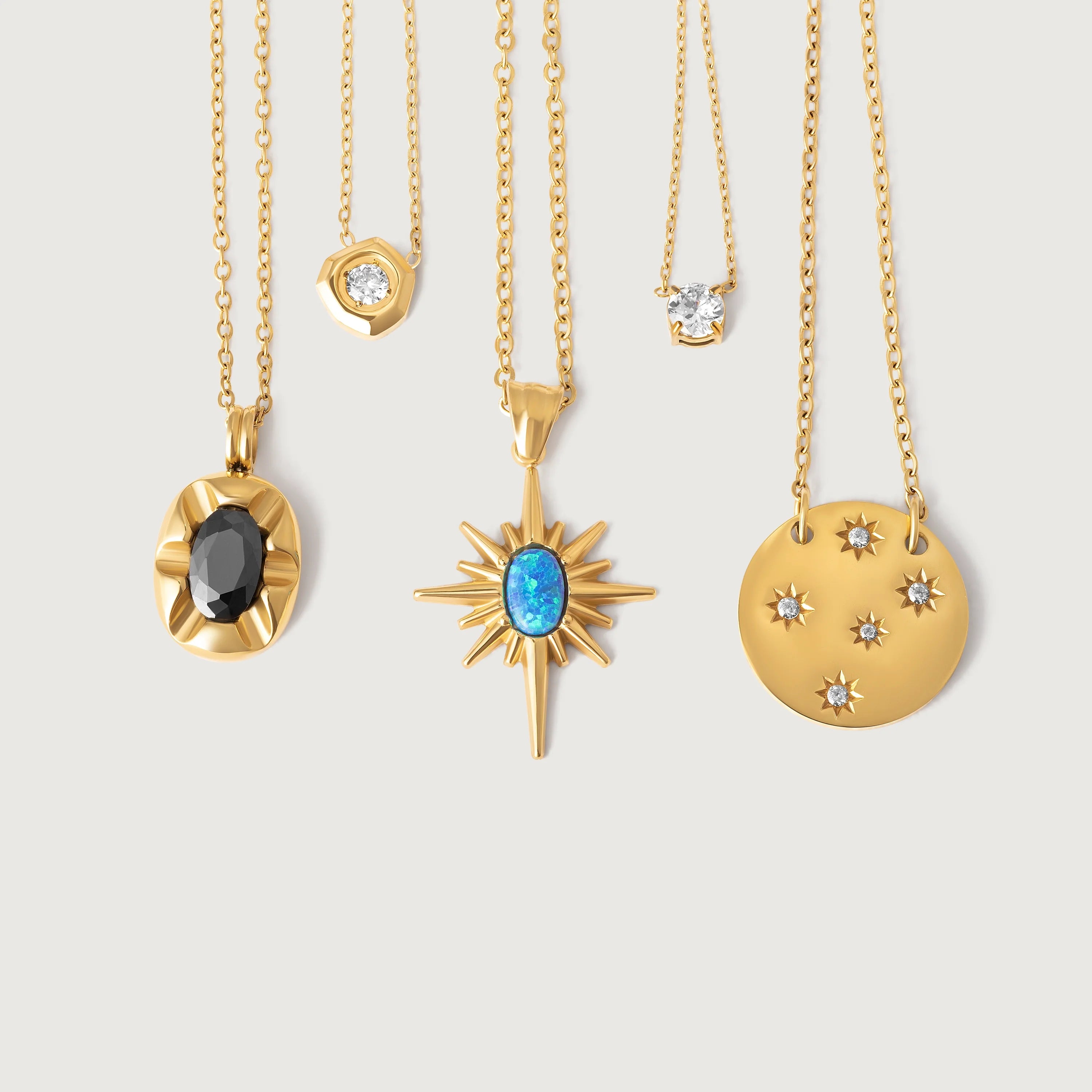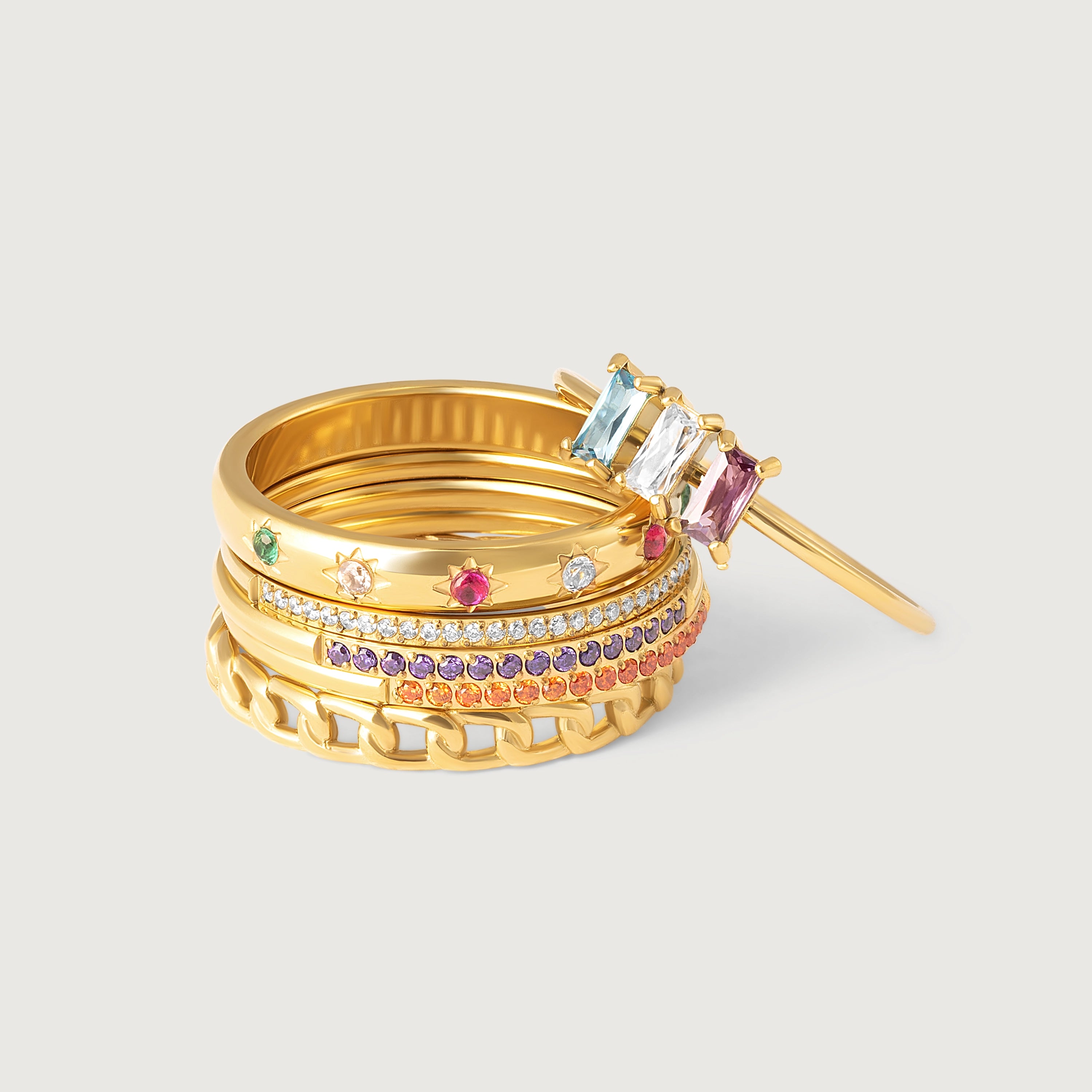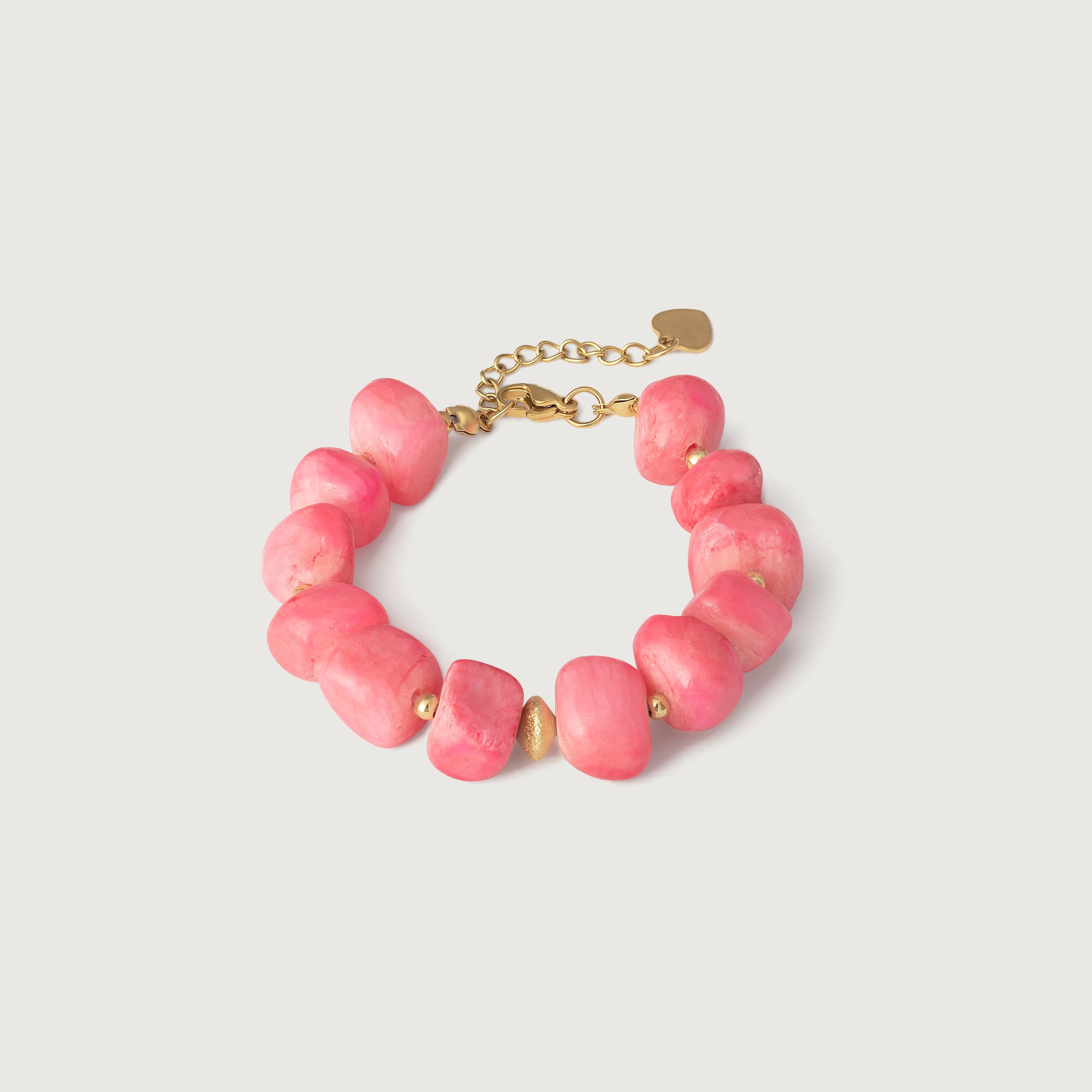The Complete Guide to Hypoallergenic Jewelry Alternatives
So, what can you wear comfortably and confidently? Fortunately, there are several excellent materials renowned for their biocompatibility – meaning they are very unlikely to cause skin reactions. This guide will walk you through the best truly hypoallergenic jewellery options, from precious metals to cutting-edge alternatives, and provide practical tips for shopping smart when you have sensitive skin.
Truly Skin-Safe Alternatives: Choosing the Right Material
When sensitivity is a concern, choosing pieces made entirely from inert or low-reactivity materials is the safest bet. Here are the top contenders, ranked by their biocompatibility and practical considerations:
Solid Gold (14k or Higher)
Solid gold pieces are made from a gold alloy throughout, not just plated. Higher purity means less potentially reactive alloy metal, making this one of the most reliable choices:
- 18k Gold (75% pure gold): Highly recommended. Offers excellent purity (minimising allergen risk) while still being durable enough for most jewellery types.
- 14k Gold (58.3% pure gold): A popular and generally safe choice, though it contains more alloy metals than 18k.
- 22k/24k Gold (91.6%/99.9% pure gold): Highest purity, extremely hypoallergenic, but very soft and easily damaged – less suitable for everyday wear.
Important Notes About Gold
Avoid lower karats like 9k or 10k if very sensitive, as they contain more non-gold metals. Be particularly cautious with White Gold: traditional white gold uses nickel alloys. Look specifically for palladium white gold, which uses hypoallergenic palladium instead.
Gold Filled Jewellery
A significant step up from standard plating, gold filled jewellery offers better protection and longevity:
- The Difference: Gold filled involves a much thicker layer of solid gold (at least 5% of the item's weight) heat-bonded to a base metal, usually brass. It's vastly more durable than plating.
- Suitability: If the manufacturer confirms the base metal is nickel-free, gold filled is often well-tolerated and provides a long-lasting gold finish. It's a significant improvement over plating, though perhaps not as inert as solid metals for extreme sensitivities.

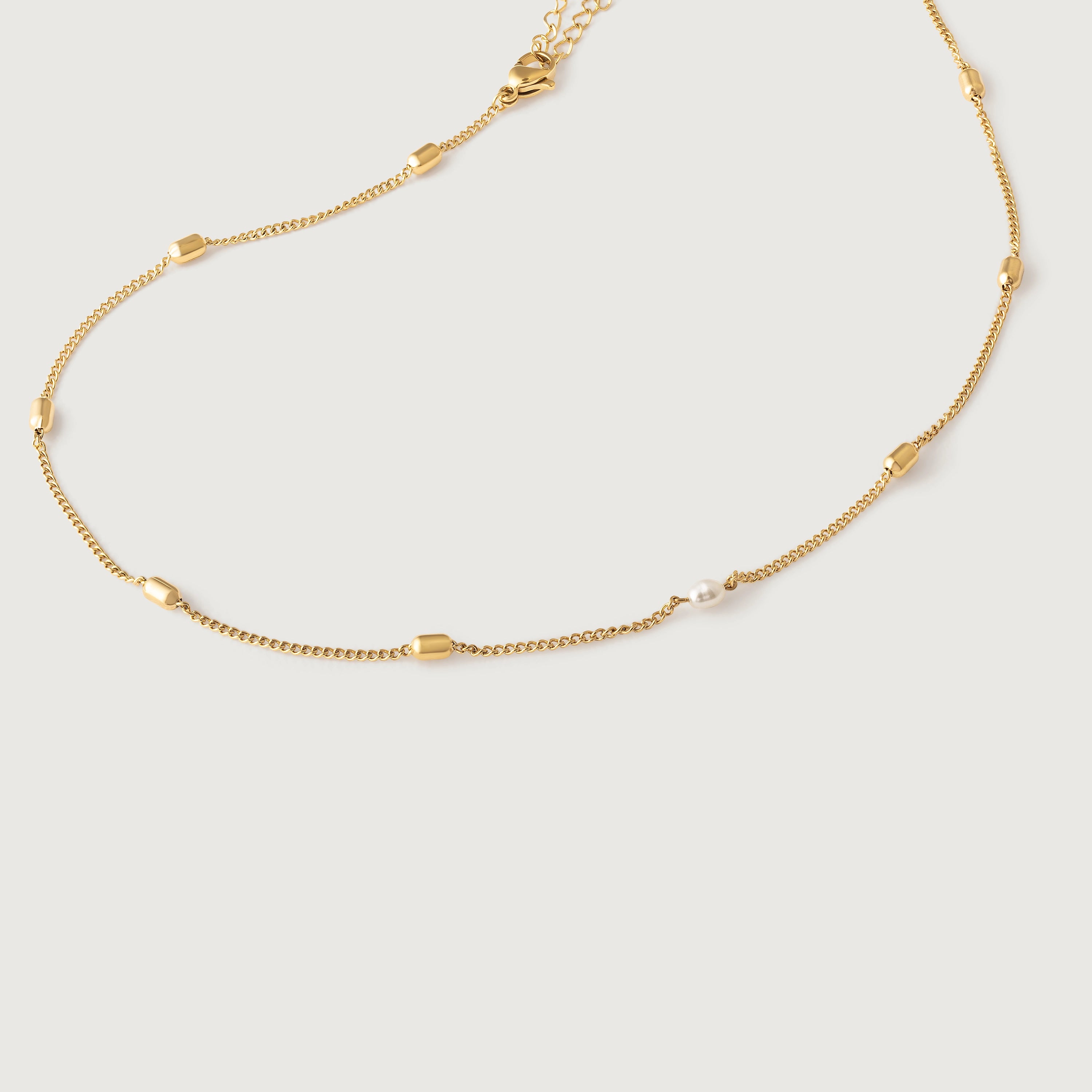
Titanium (Implant Grade: ASTM F-136)
Titanium represents the gold standard for biocompatibility in modern jewelry:
- Top Tier Choice: Titanium is exceptionally biocompatible (used in medical implants), strong, lightweight, and contains no nickel. Look for implant-grade specifications (like ASTM F-136) for assured purity, especially common in quality body jewellery. It's one of the safest choices available.
Niobium
Another excellent elemental metal with outstanding biocompatibility:
- Another Excellent Option: Like titanium, niobium is a highly inert elemental metal, making it extremely unlikely to cause reactions. It's nickel-free and frequently used for initial body piercings due to its safety. It can also be anodized to create colours without plating.
Surgical Stainless Steel (Specific Grades: 316L, 316LVM)
When chosen in the right grades, stainless steel offers excellent value and safety:
- A Reliable Standard: Certain grades, particularly 316L and 316LVM, are formulated for low nickel content and high corrosion resistance, making them suitable for medical use and generally well-tolerated by sensitive skin.
- Minor Caveat: These steel alloys do contain a tiny amount of nickel structurally bound within. While nickel release is very low (meeting EU/UK standards), the most severely hypersensitive individuals could theoretically still react, though this is rare.
Kaleya Studio's Commitment: All our pieces are crafted using only the highest grades of stainless steel and recycled sterling silver, ensuring that our hypoallergenic promise extends far beyond surface treatments to the very foundation of each piece.
Platinum
The ultimate precious metal for those seeking luxury without compromise:
- The Premium Choice: A dense, durable, naturally white precious metal that is highly biocompatible and extremely unlikely to cause allergies. Its main disadvantage is the higher cost, but for those with severe sensitivities, it's often worth the investment.
Sterling Silver (925)
A classic choice with generally excellent compatibility:
- Generally Safe (for Nickel Allergy): Made of 92.5% pure silver, typically alloyed with 7.5% copper. Since it's usually nickel-free, it's fine for most people with nickel allergies.
- Potential Sensitivities: A small number of people are sensitive to copper. Tarnish (silver sulfide) can occasionally irritate already compromised skin, making regular cleaning important.
- Gold Vermeil Connection: Reputable gold vermeil uses sterling silver as its base beneath thick gold plating. This makes it better than plating over unknown metals, but the plating can still wear off, exposing the silver/copper base.
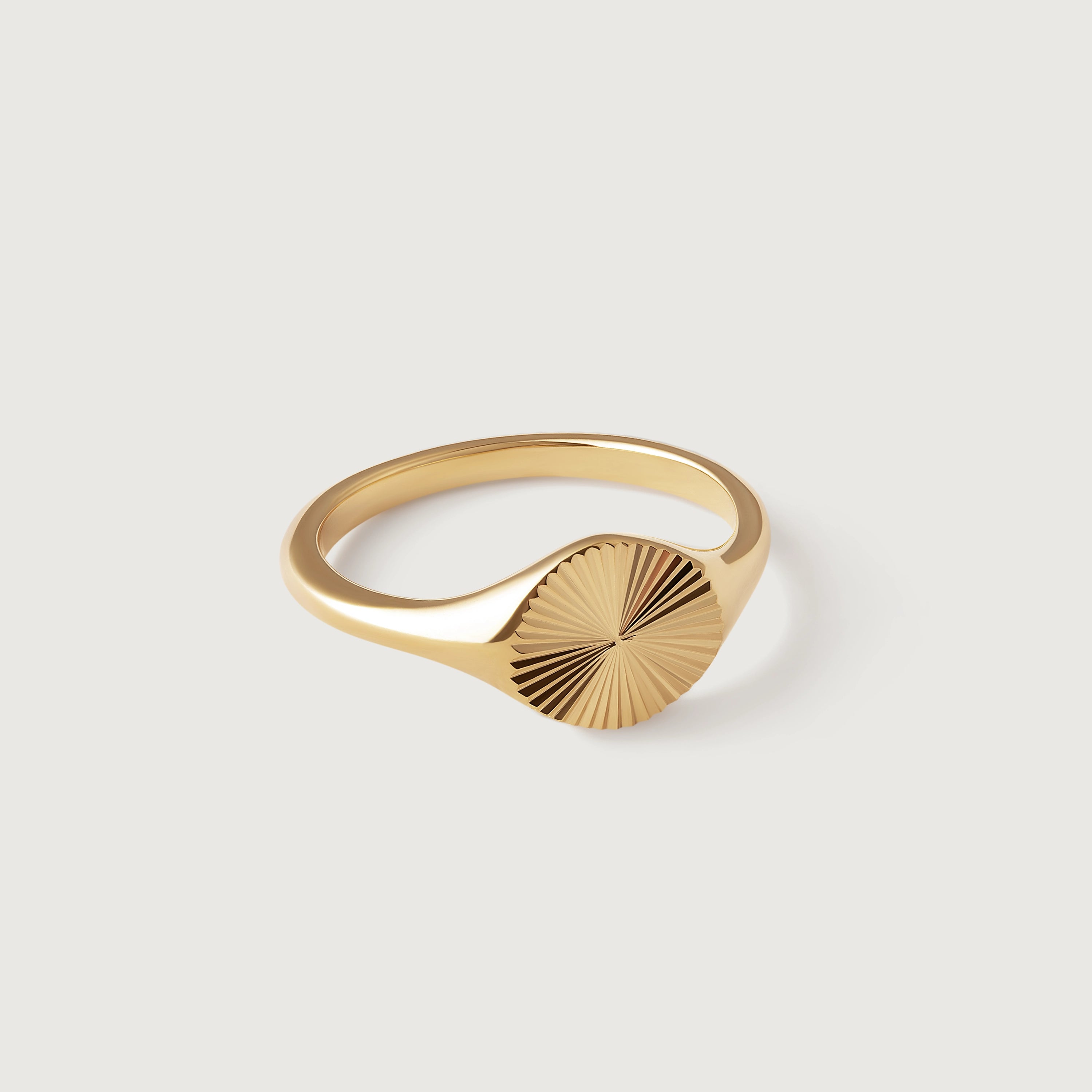
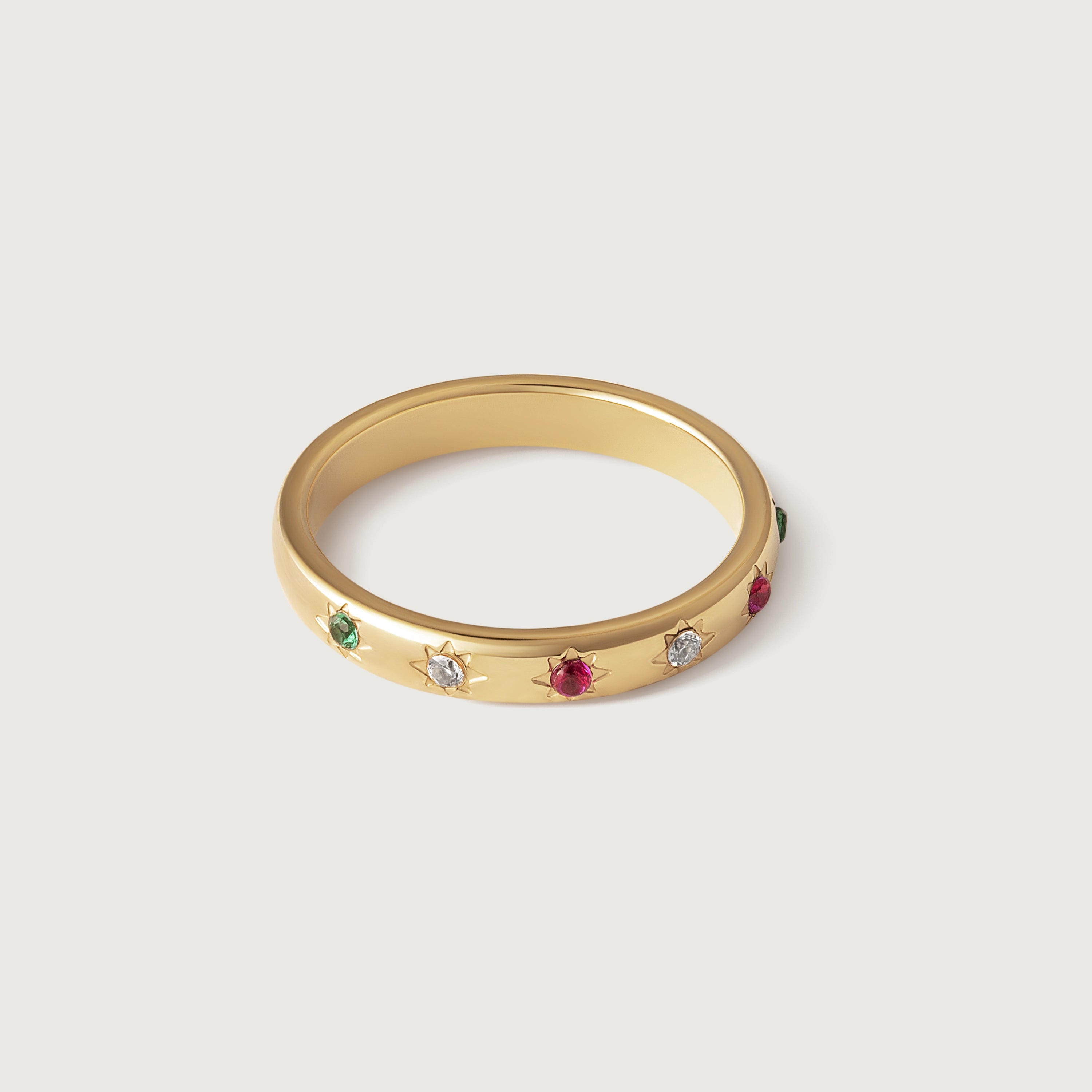
Smart Shopping: Tips for Buying Jewellery with Sensitive Skin
Armed with material knowledge, here's how to shop more confidently and avoid disappointing purchases:
- Prioritise Inert Metals: When possible, choose pieces made entirely from titanium, niobium, platinum, solid gold (14k+), or appropriate grades of surgical steel.
- Ask Specific Questions: Don't just ask if it's "hypoallergenic." Ask: "What is the base metal?" (for plated/filled items), "Is this solid gold or plated?", "Is the white gold palladium-based or nickel-based?", "Is the surgical steel grade 316L?"
- Demand Transparency: Look for sellers who clearly and fully disclose ALL materials used. Vague descriptions like "metal alloy" are red flags that suggest corners may be cut in material quality.
- Scrutinise Labels: Understand that "hypoallergenic" alone is weak. Look for concrete material descriptions. "Nickel-free" is better, but knowing the actual metal composition is best.
- Patch Test New Pieces: If uncertain, wear new jewellery for a few hours first to check for any reaction before wearing it for extended periods.
- Match Material to Use: For high-wear items like rings and bracelets, invest in more durable, solid hypoallergenic materials rather than relying on plating or filling.
- Care Still Matters: While choosing the right material is paramount, gentle cleaning and avoiding harsh chemicals will keep your safe jewellery looking its best.
Investment Perspective: While quality hypoallergenic materials may cost more upfront, they often prove more economical long-term due to their durability and the avoidance of skin reactions that might require medical attention.
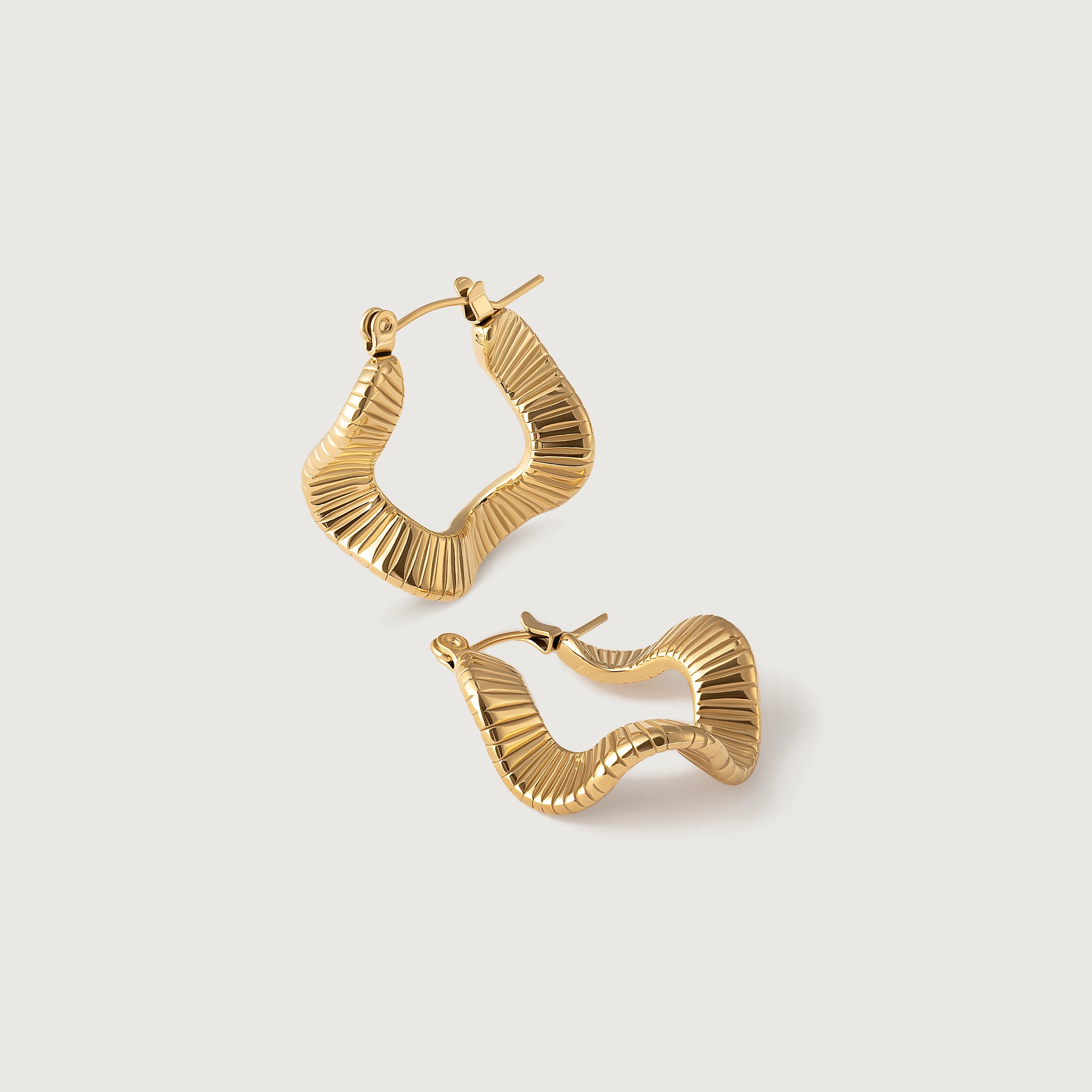
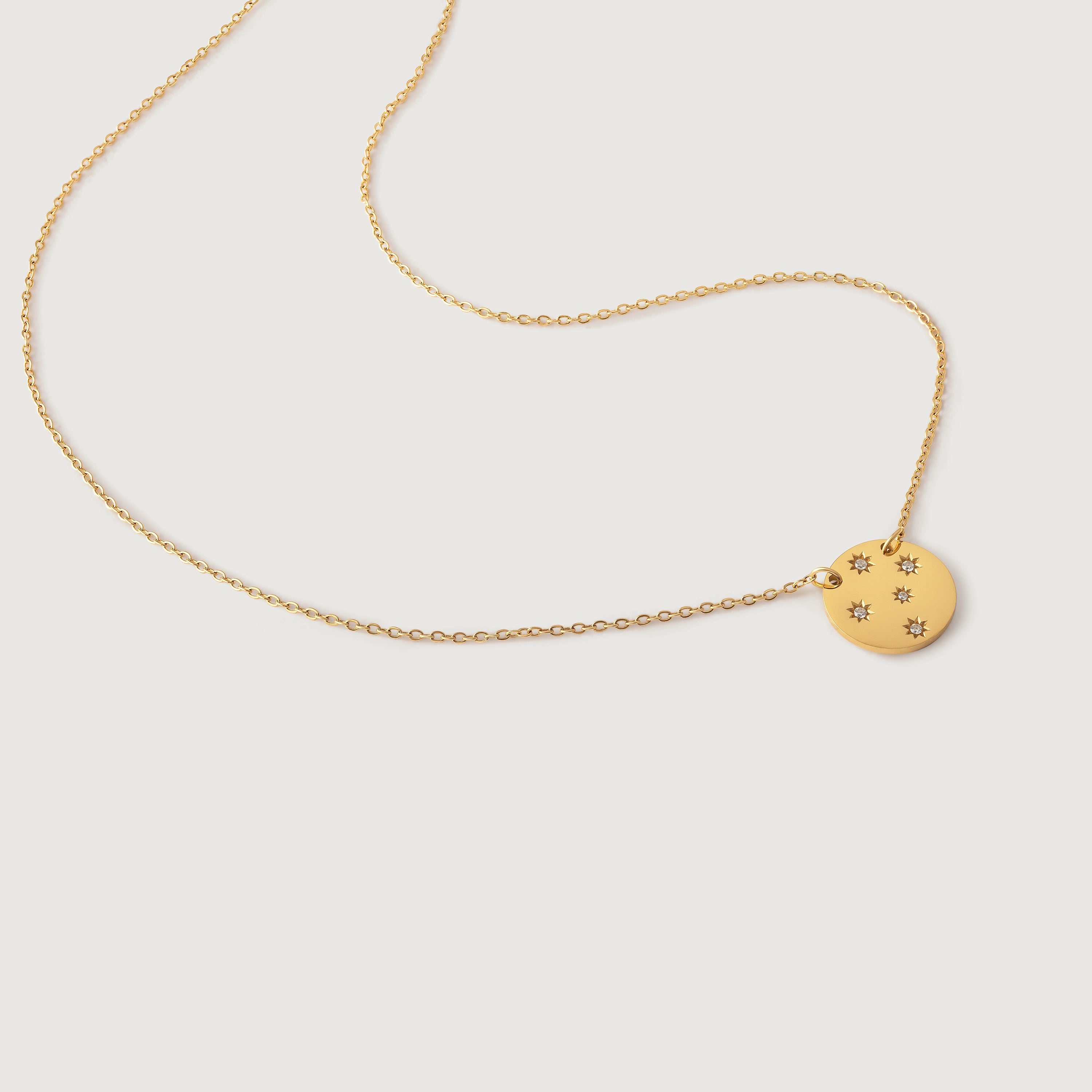
Remember: Your comfort and health should never be compromised for the sake of fashion. Quality hypoallergenic jewelry proves that you can have both style and peace of mind.
Conclusion: Choose Comfort and Confidence
Navigating the world of jewellery with sensitive skin doesn't have to mean sacrificing style. While the allure of inexpensive gold plated pieces is strong, understanding their limitations – particularly the temporary nature of plating and the risk of base metal exposure – is crucial for making informed decisions.
Instead of relying on vague "hypoallergenic" labels on potentially problematic plated items, focus on materials with proven track records for biocompatibility. By choosing jewellery crafted from solid gold (14k+), gold filled (nickel-free base), titanium, niobium, platinum, or specific surgical steel grades, you invest in pieces that are not only beautiful but also comfortable and safe for your skin.
Make informed choices, prioritise your well-being, and enjoy wearing your jewellery without irritation. Your skin will thank you, and your confidence will shine through every piece you wear.
Frequently Asked Questions
Experience Truly Hypoallergenic Luxury
Discover Kaleya Studio's collection of beautiful jewelry crafted exclusively with premium hypoallergenic materials. Every piece is designed to let you wear your style with complete confidence and comfort.
